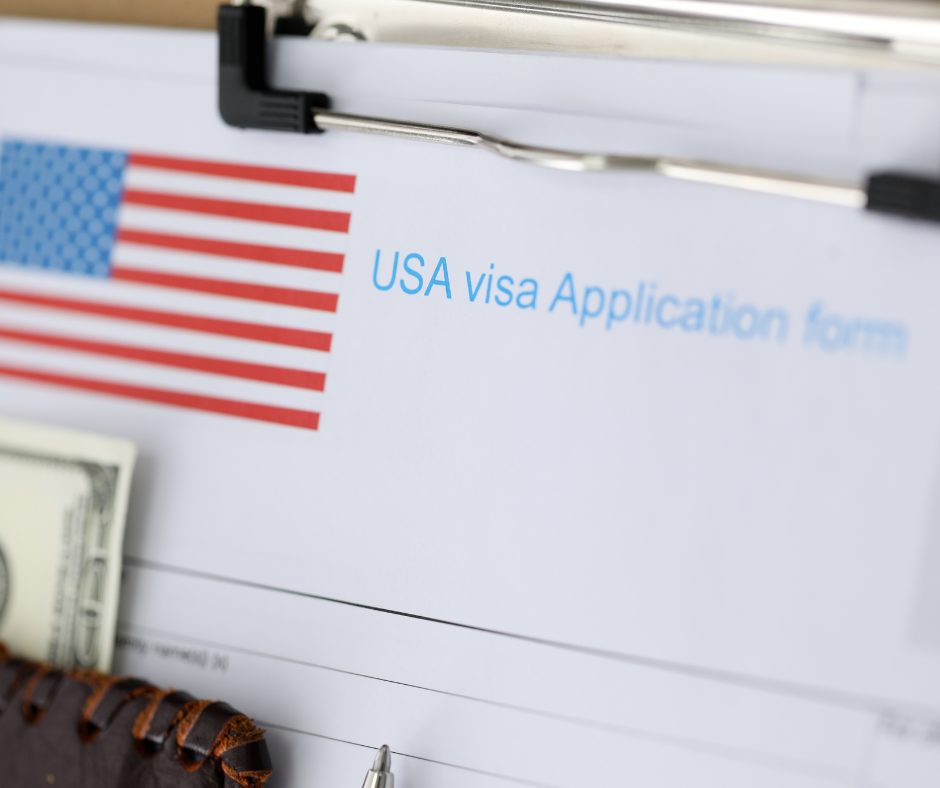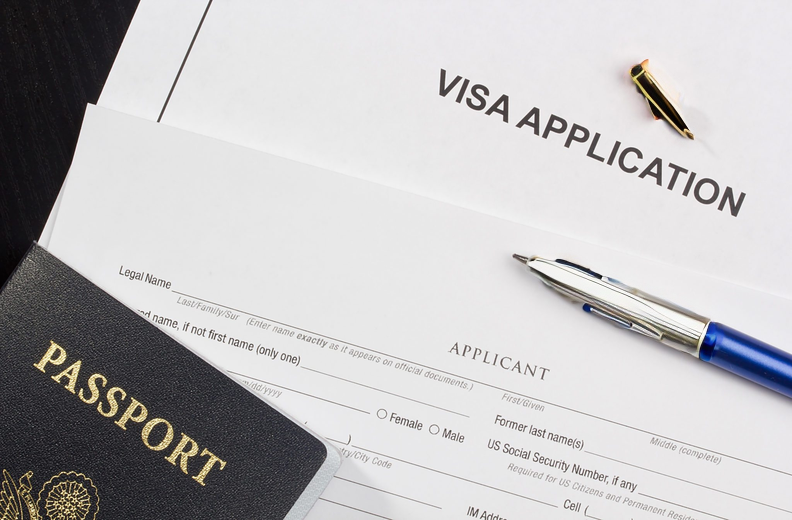In the ever-changing world of U.S. immigration, deciding between E-1 and E-2 visas is crucial. These visas, known as Treaty Trader and Treaty Investor visas, are vital for those wanting to start businesses, engage in global trade, or invest in the U.S. While both visas offer opportunities for individuals from treaty countries to pursue their American dreams, choosing the right one is key. In this article, we break down the benefits, considerations, and differences between E1 and E2 visas.
Differences Between E1 and E2 Visas
E visas are a category within U.S. immigration law that are designed to facilitate international trade and promote foreign investment in the United States. They are often hailed as a bridge to harmonize global business relations. These visas are specific to individuals hailing from countries that have signed treaties of commerce and navigation with the United States.
E-1 Visa: The Treaty Trader
The E-1 Visa, commonly known as the Treaty Trader Visa, is tailored for individuals and companies primarily involved in international trade. To be eligible for an E-1 Visa, the applicant must be a national of a treaty country and engaged in substantial international trade with the United States.
E-2 Visa: The Treaty Investor
On the other hand, the E-2 Visa, also known as the Treaty Investor Visa, is meant for individuals making substantial investments in the United States. These investments should be aimed at creating or developing a business enterprise, and the applicant must be a national of a treaty country.
Choosing the Right Visa for Your Needs
The decision between E-1 and E-2 often hinges on the nature of your business, the scale of investment or trade, and your long-term goals in the United States. Let’s delve into the key factors that can help you make an informed choice:
1. Nature of Business
-
- E-1 Visa: Designed for individuals involved in international trade, this visa applies to businesses conducting a substantial volume of trade between the treaty country and the United States. This trade can include the exchange of goods, services, or technology.
-
- E-2 Visa: The E-2 Visa is designed for investors who wish to create, develop, or operate a business. It requires a substantial capital investment in a new or existing enterprise.
2. Investment Amount
-
- E-1 Visa: Unlike the E-2 Visa, the E-1 Visa does not have a specific investment requirement. Instead, it focuses on the substantial nature of trade. This means that the investment amount may vary.
-
- The E-2 Visa requires a significant investment, usually higher than that needed for an E-1 Visa. This investment should be substantial enough to guarantee the success and sustainability of the business.
3. Ownership Structure
-
- E-1 Visa: You need not have a majority ownership stake in the business to qualify for this type of visa.
-
- E-2 Visa: To be eligible, you must own a significant percentage of the business, typically at least 50%. This demonstrates your ability to control and develop the enterprise.
4. Long-term Goals
-
- Opt for an E-1 Visa if your main goal is to regularly participate in international trade.
-
- If your goal is to invest, generate employment opportunities, and establish a lasting presence in the United States, the E-2 Visa may be a better fit for your objectives.
5. Flexibility and Adaptability
-
- E-1 Visa: It is known for being more adaptable to evolving trade conditions as it focuses on trade volume.
-
- E-2 Visa: While the E-2 Visa demands a substantial investment upfront, it can be more flexible in accommodating different types of businesses.
- Benefits of Both Visas
Both the E-1 and E-2 visas offer numerous advantages:
1. Spousal Employment
-
- Under both visas, the spouses of the visa holders are eligible for employment authorization, granting them the freedom to work in the United States.
2. Visa Duration
-
- E-1 and E-2 visas are initially issued for up to five years. They can be extended indefinitely, as long as the qualifying criteria are met.
3. Dependent Children
-
- Dependent children of E-1 and E-2 visa holders are allowed to accompany their parents and study in the United States.
4. Fast Processing
-
- E visa applications are known for their swift processing times, enabling investors and traders to kickstart their ventures promptly.
5. No Annual Cap
-
- There is no annual cap on the number of E visas that can be issued, unlike certain other visa categories.
E-1 Visa vs. E-2 Visa: Making the Right Decision
Choosing between the E-1 Treaty Trader Visa and the E-2 Treaty Investor Visa is a crucial decision for individuals and businesses seeking to participate in trade or investment activities in the United States. Each visa has its unique set of requirements, benefits, and purposes. Careful consideration of the nature of your enterprise, the scale of investment or trade, and your long-term objectives will help you make the right choice.
By understanding the differences between E1 and E2 Visas and seeking legal counsel when necessary, you can embark on a journey that aligns with your aspirations, whether you aim to facilitate international trade or invest in the American dream. Ultimately, both E visas pave the way for individuals to make substantial contributions to the United States, fostering international relations and economic growth on American soil.



